
Pruning is one of those gardening tasks that feels oh so satisfying, but it’s also one where a little too much enthusiasm can backfire. Not all plants benefit from early-season trimming. In fact, for some, pruning before spring arrives can lead to fewer flowers, delayed growth, or even frost damage. This list covers 10 plants that are best left alone until the right moment. Your spring garden will thank you for your patience.
Lilacs
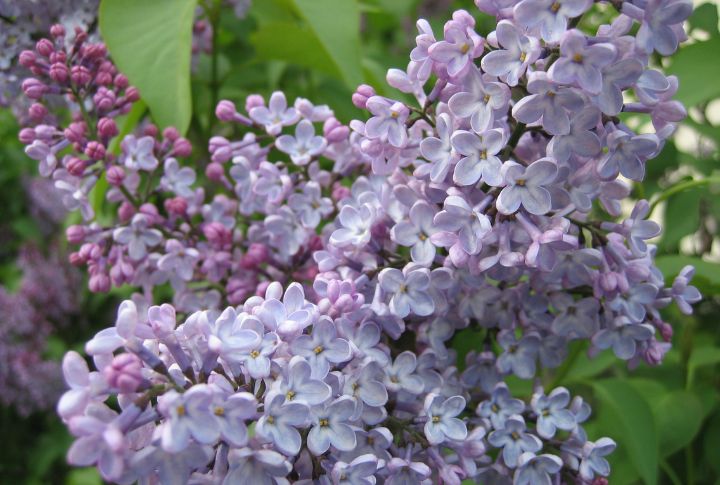
Lilacs are busy soaking up sunlight to create next year’s blooms. Cutting them in fall or winter stops that process, and you’ll lose flowers. Wait until spring, then prune right after they bloom, and lightly deadhead. That simple trick ensures your lilacs reward you with fragrant, whole blossoms every year.
Forsythia
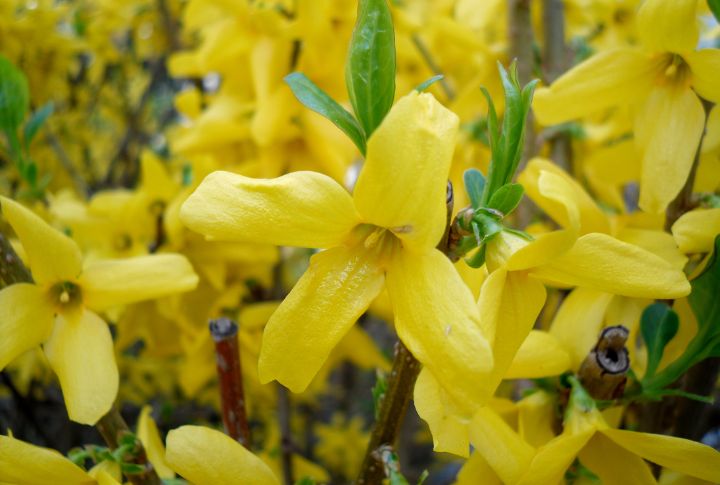
Many gardeners make the mistake of shearing forsythia in October, unknowingly removing next spring’s flower buds that form on old wood. Timing is key—trim your forsythia just after it finishes flowering in spring. Your reward? This eager shrub delivers spring’s earliest outdoor blooms and can even provide indoor flowers when winter branches are placed in water.
Hydrangea macrophylla
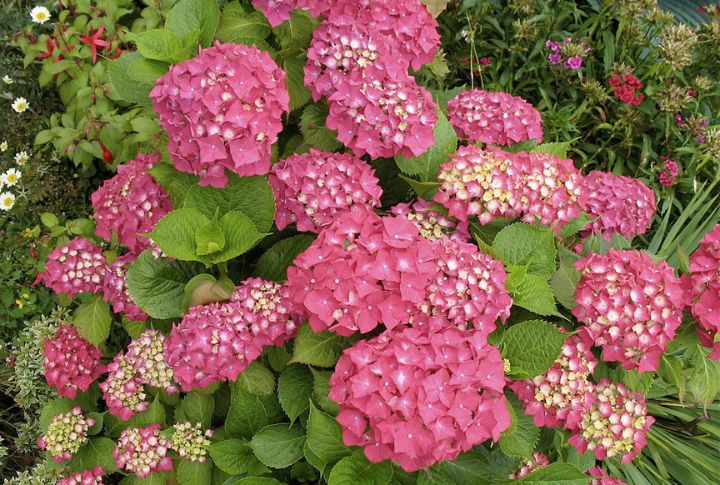
Imagine planning for a garden full of pink and blue hydrangeas, only to prune too early and lose the blooms. Bigleaf hydrangeas form buds on old wood, so fall trimming spells disaster. Cut back only in spring or early summer, and your garden will reward you with rich, colorful hydrangea clusters.
Rhododendrons
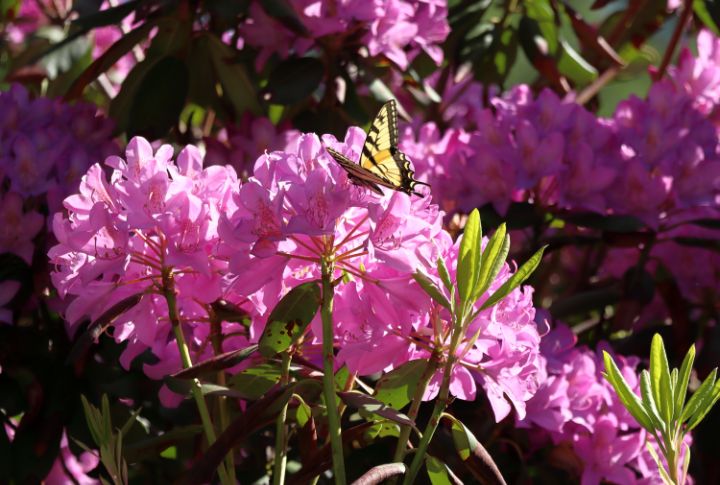
While these magnificent shrubs can tower to an impressive 20 feet, rhododendrons demand a surprisingly delicate touch when it comes to maintenance. Their evergreen or deciduous frames may look sturdy, but the timing of their care reveals their subtle nature. Those signature bell-shaped blooms set next year’s buds immediately after flowering, making spring pruning essential.
Azaleas
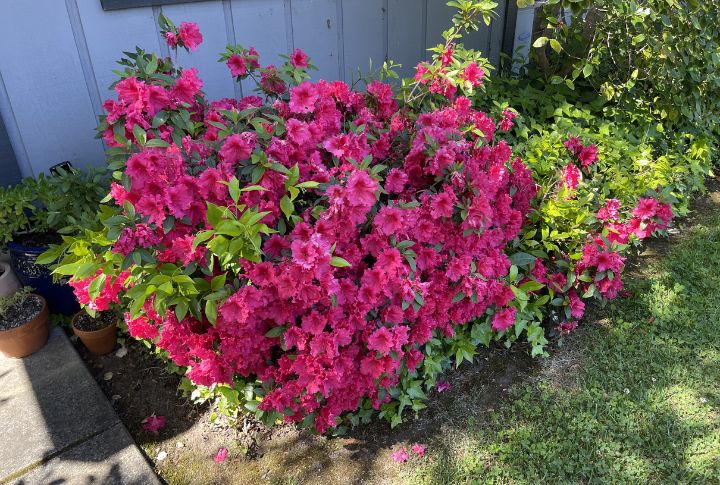
Azaleas, with their small leaves and flowers, need a careful schedule. Fall pruning removes buds formed in summer, which means fewer blooms next year. To protect your flowers, prune only once spring blooms fade. This simple step keeps your azaleas full, colorful, and healthy season after season.
Clematis
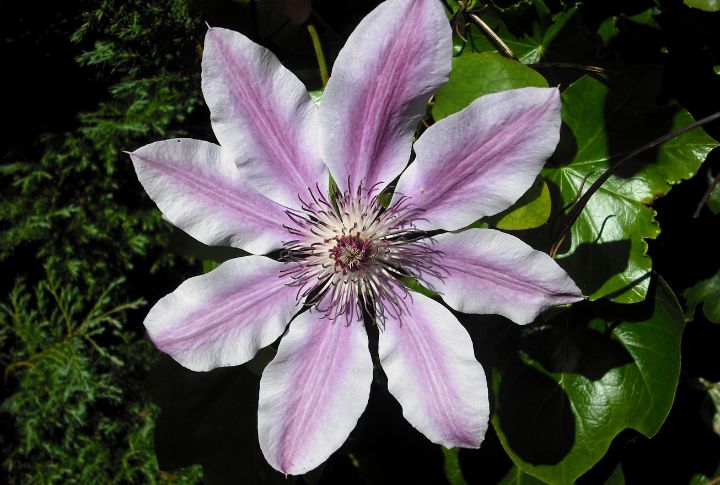
Spring-blooming clematis produces flowers on last year’s growth, so trimming in October sacrifices next spring’s display. Avoid this common error by waiting until flowering has finished in late spring or early summer. Proper timing guarantees the clematis will bloom fully and beautifully each year.
Wisteria
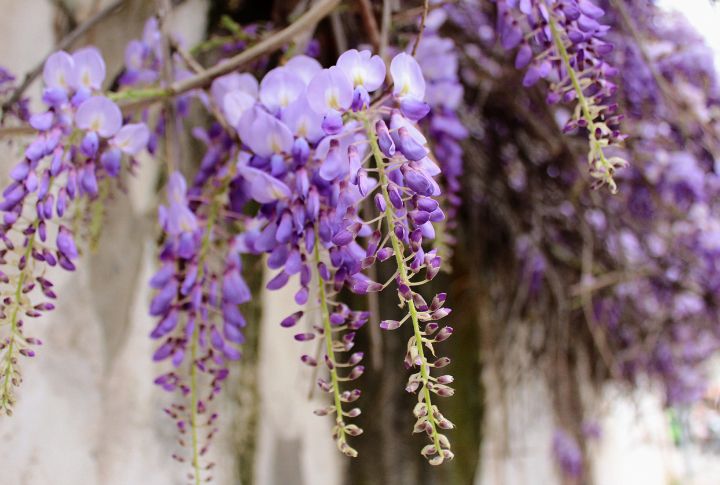
Wisteria grows aggressively and needs careful pruning to prevent it from dominating your garden. Cut back after summer florets and once more in late winter. Avoid October trimming—it risks next year’s flowers. Done right, these climbers produce stunning, fragrant blooms that attract pollinators and bring life to any garden.
Spring-Blooming Spirea
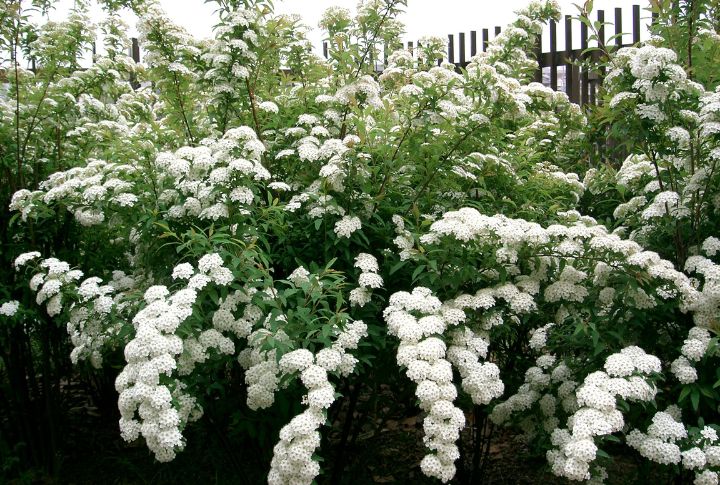
The flowering buds of spring-blooming spirea develop on old wood, meaning October pruning ruins next year’s blossoms. This also reduces nectar sources for pollinators. And the best approach is to trim immediately as soon as spring flowering ends. Proper timing ensures healthy shrubs, vibrant flowers, and a garden that supports butterflies year after year.
Fruit-bearing Cane Plants (E.g., Raspberry)
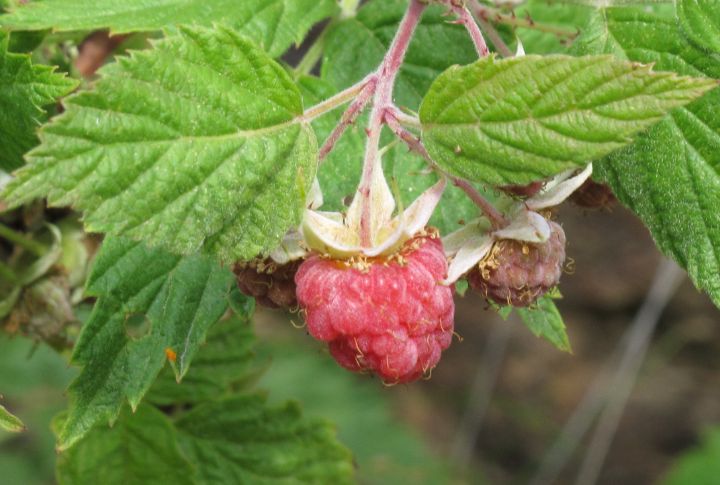
Raspberries follow a unique rhythm—first-year canes grow, second-year canes bear fruit. Shearing them in October breaks that cycle and risks next season’s berries. So, it helps to cut back only once the summer harvest is finished or during winter dormancy. Stick to this timing, and your raspberry patch will produce a plentiful, juicy crop every year.
Camellias
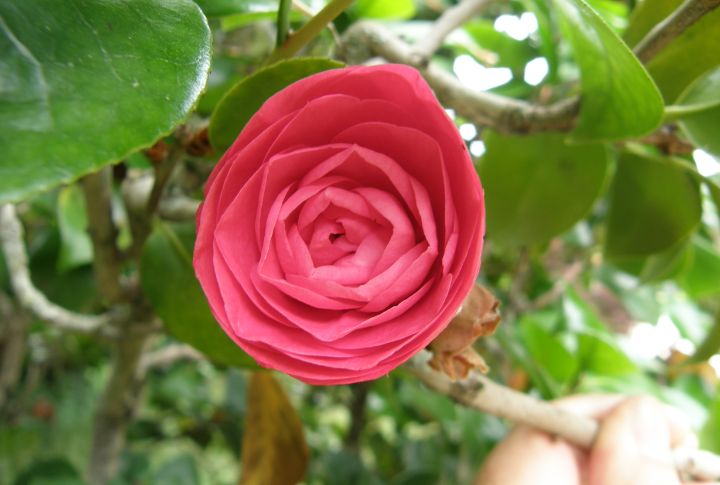
Late summer sets a delicate biological clock in motion as camellias carefully form their flower buds, preparing nature’s tea party for spring. This timing makes October pruning a blooming disaster as those innocent-looking snips would actually decapitate next season’s show. Smart gardeners sync with the cycle, waiting until post-flowering spring for their pruning performance.

